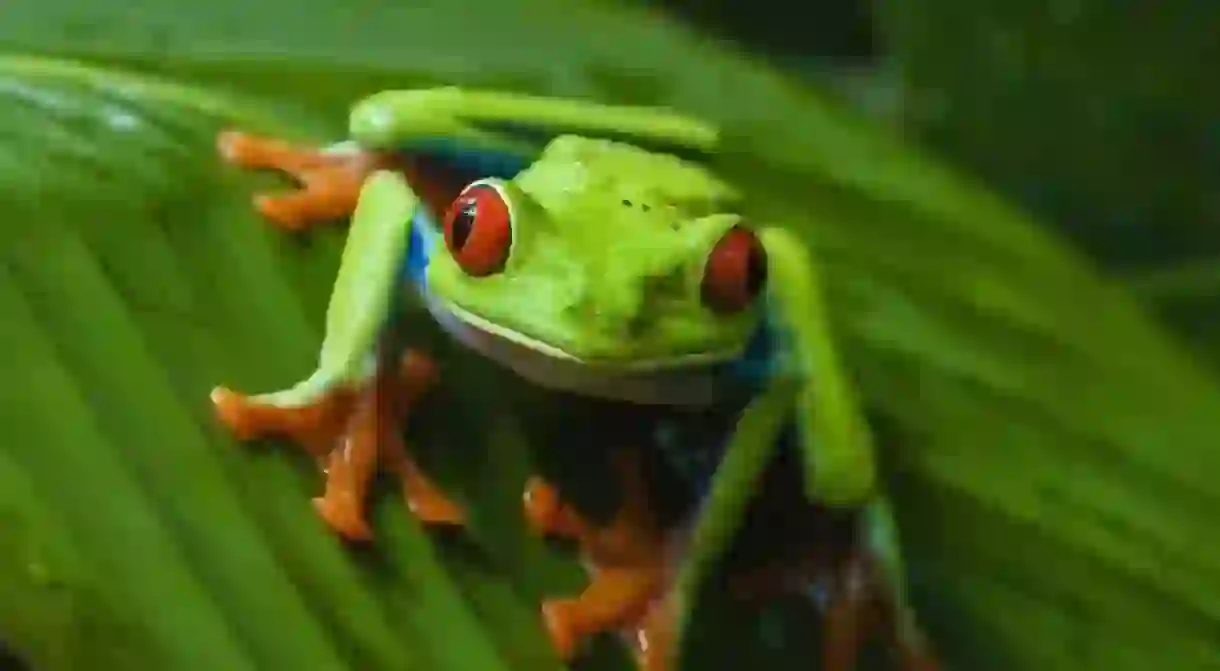A Brief History of Costa Rica's Most Prominent Symbols

While there are a lot of different things that represent Costa Rica, such as certain types of foods and drinks, music, clothing, landscapes, animals, and activities, there are a few symbols that have a significant historic background and a permanent place in Costa Rican culture. These are those important symbols and what they mean to the Costa Rican people and their way of life.
The National Flag
The national flag of Costa Rica is blue, white, and red and adorned with the national coat of arms. The flag was designed in 1848 by First Lady Pacífica Fernández Oreamuno. The flag was modeled after the national flag of France and the ideals of the French Revolution, which include freedom, equality, and brotherhood. The blue is meant to literally represent the sky and metaphorically represent obtainable opportunities, perseverance, intellect, and religious and spiritual ideals. The white stands for happiness, wisdom, unobstructed thinking, ambition, power, and peace. The red is meant to symbolize the blood that was shed for freedom, zest for life, the warmth of the Costa Rican people, and generosity.

The National Shield
The coat of arms of Costa Rica is quite complex and beautiful. It includes seven stars over three volcano peaks, the Pacific Ocean and Caribbean Sea, a rising sun, a merchant ship, two branches of myrtle, and two banners. The seven stars represent the seven provinces of Costa Rica: Guanacaste, Puntarenas, Heredia, Alejuela, Limon, San Jose, and Cartago. The blue banner says “America Central” and the white banner says “Republica de Costa Rica.” The merchant ship symbolizes Costa Rica’s contribution to international trade; the rising sun is a symbol of prosperity; the two myrtle branches stand for peace.

The National Labor Symbol
The oxcart is the symbol of national labor in Costa Rica. The oxcart and boyeros (oxcart drivers) hold a special place in Costa Rican history and culture. The oxcart was one of the main modes of transport between 1850 and 1935. Oxen and oxcarts were essential for transporting goods, such as coffee, around the country. The oxcart also became an artistic symbol in Costa Rica. Boyeros started painting their oxcarts, especially the wheels, each trying to outshine the other. While the use of oxcarts has greatly declined in the last century, oxcart art is still a prominent tradition in Costa Rican culture. The oxcart is meant to represent the Costa Rican work ethic and drive, as well as progress and endurance.

The “National Motto”
While there technically isn’t an official national motto in Costa Rica, the phrase pura vida truly embodies the Tico way of life. Pura vida literally translate to “pure life” and is not only a phrase the reflects the traditional way of life in Costa Rica but it is also used as a greeting and salutation. Living a pura vida lifestyle involves living simply and kindly, spending time in nature and with your family, and embracing your surroundings and the present moment. If there is one phrase to sum up everything Costa Rica, this is it.














